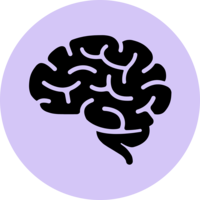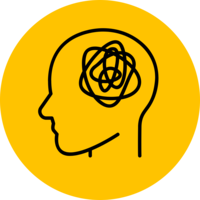Brisbane Longitudinal Twin Study (BLTS)
BLTS recruited twins and their non-twin siblings from the greater Brisbane area in Queensland, Australia, in 1992. Eligible participants were monozygotic or dizygotic twins aged 12 or 14 years. Non-twin siblings of twin participants aged between 10 and 18 years were also recruited into the study. This resulted in over 1,700 participants at baseline. In 1998, BLTS recruited more twins aged 12 - 18 years. In 2002, the cohort was further expanded to include twins aged 10 - 25 years resulting in a cohort of over 5,000 participants.
Study design
Cohort - twin
Number of participants at first data collection
2,620 (twins as of 2003)
100 (multiples as of 2003)
2,462 (parents as of 2003)
1,179 (siblings of twin participants as of 2003)
Recruitment is ongoing
Age at first data collection
Varied (participants)
Participant year of birth
Varied (participants)
Participant sex
All
Representative sample at baseline?
No
Sample features
Country
Year of first data collection
1992 (participants)
Primary Institutions
Queensland Institute of Medical Research (QIMR) (now known as QIMR Berghofer Medical Research Institute, QIMR Berghofer)
University of Queensland (UQ)
Profile paper DOI
Funders
Australian Research Council (ARC)
Beyond Blue
National Health and Medical Research Council (NHMRC)
National Institute on Drug Abuse (NIDA)
National Institutes of Health (NIH)
Ongoing?
Yes
Data types collected


- Computer, paper or task testing (e.g. cognitive testing, theory of mind doll task, attention computer tasks)
- Interview – phone
- Physical or biological assessment (e.g. blood, saliva, gait, grip strength, anthropometry)
- Self-report questionnaire – online
- Self-completed questionnaire – paper or computer assisted
- None
- Diffusion Tensor Imaging (DTI)
- Electroencephalography (EEG)
- Functional magnetic resonance imaging (fMRI)
- Magnetic Resonance Imaging (MRI)
- None
Engagement
Keywords



